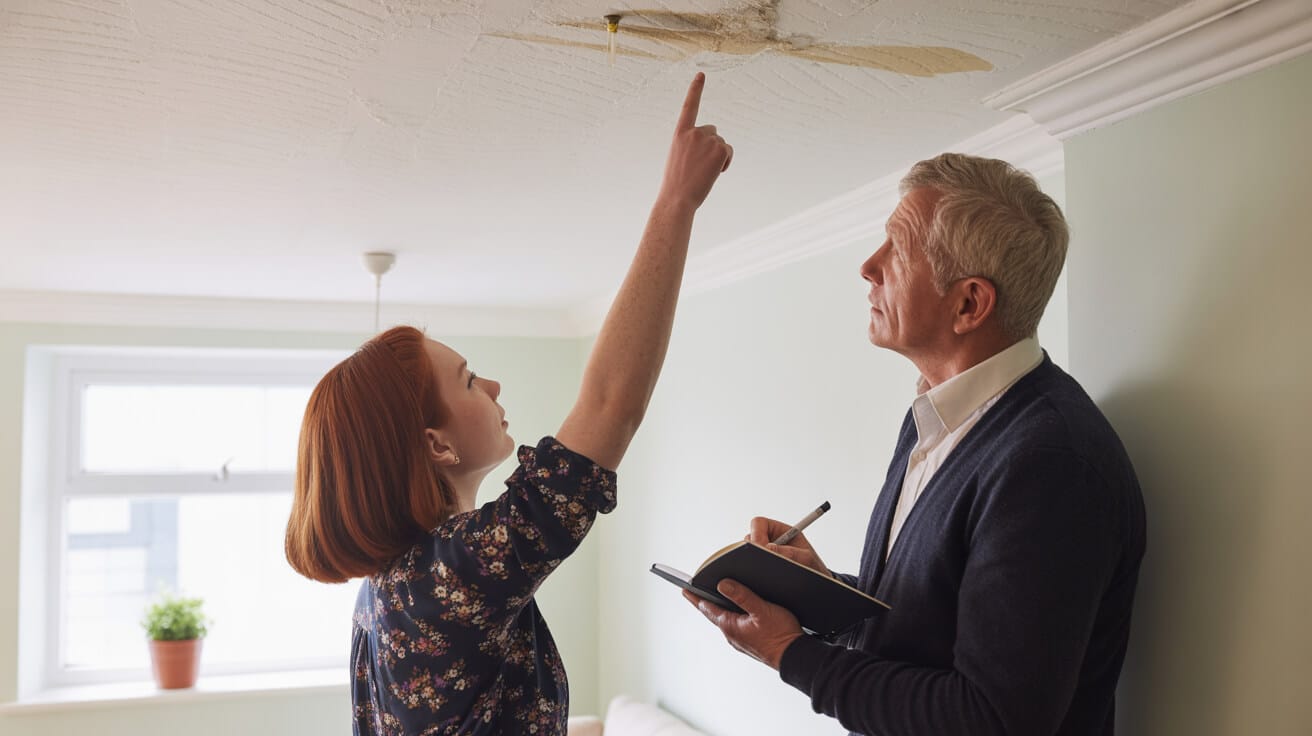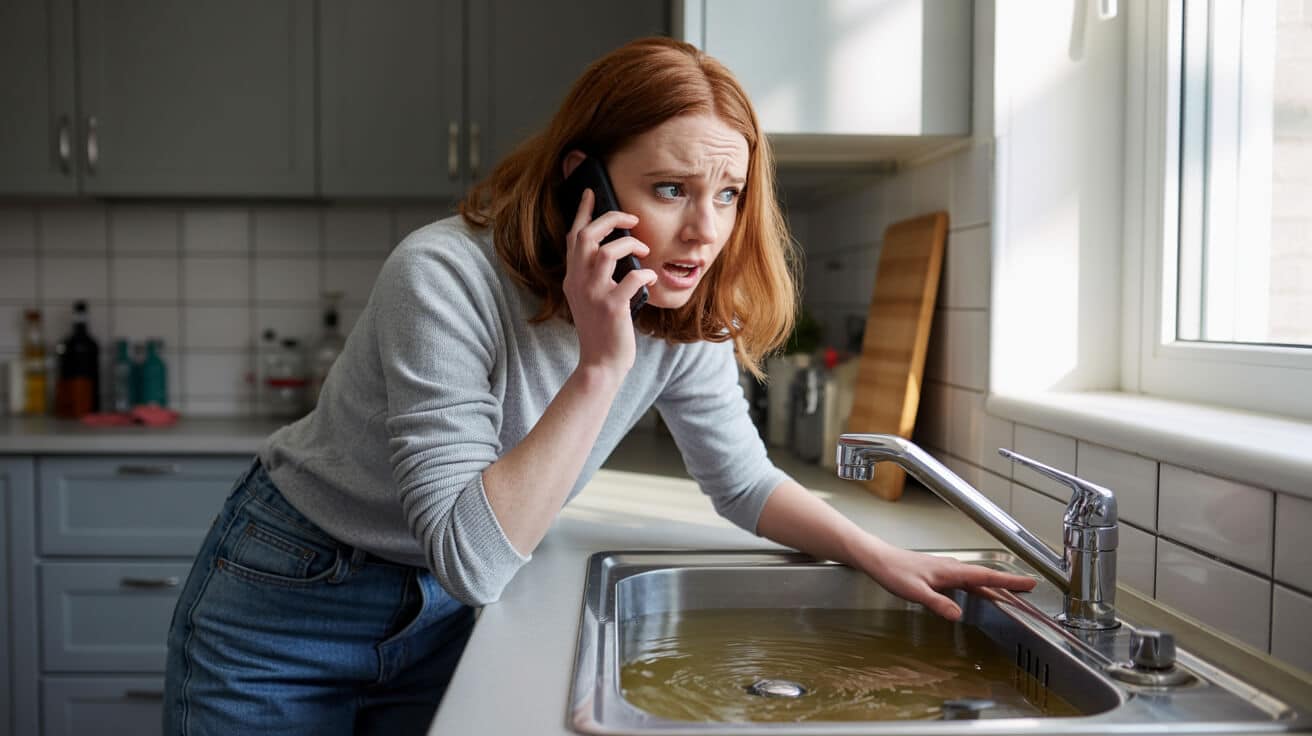 How to Read Your Gas Meter and Submit a Reading
How to Read Your Gas Meter and Submit a Reading
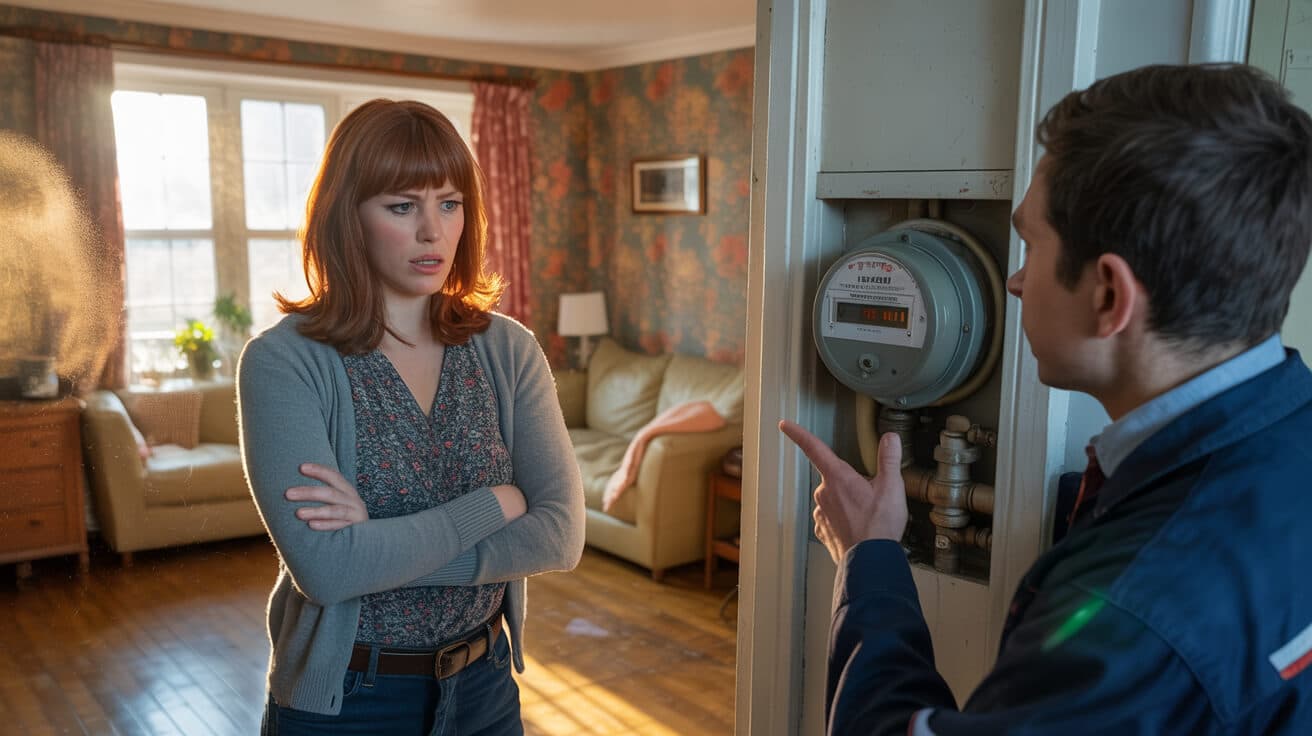
Why Trusting Guesswork with Your Gas Metre Is a Fast Track to Overpaying
You wouldn’t hand a blank cheque to your energy supplier, but skipping accurate gas metre readings does exactly that—costing you or your tenants real money, peace of mind, and even hard-won trust with stakeholders. For UK homeowners, landlords, letting agents, property managers, and councils, the cost of leaving metre updates “for next time” adds up faster than most expect. Suppliers, by default, fill the gap with estimates—and over time, those numbers are rarely in your favour.
The bill you trust least is always the one you didn’t check yourself.
Letting supplier estimates run wild can make any portfolio—or even a modest household—feel out of control. Sudden “correction” bills arrive months later, with charges for periods where properties were vacant, under-used, or just running more efficiently than the algorithms suspect. OFGEM’s own advice is simple: if you haven’t logged a real reading recently, you can’t challenge the numbers—no good intentions or verbal disputes will change it (Ofgem).
What’s at stake? For landlords: deposit arguments and compliance gaps. For agents: complaint calls, missed trust signals, and the risk your process looks unprofessional. For local authorities and commercial managers: the audit trail you need can vanish in one missed reporting cycle.
The Real Cost of a Missed Metre Submission
Get this wrong, and you invite:
- Unfair bills based on averages, not real-life usage
- Nasty surprises during final settlements with tenants, buyers, or accounting
- Delayed rebates and problems when claiming EPC grants, fuel discounts, or business support that require timely data
Spend 30 seconds on a real reading and you win back: financial predictability, minimal disputes, and confidence that your asset records actually stand up under pressure. Nobody regrets staying ahead—everyone hates the last-minute firefight.
How Do You Tell What Type of Gas Metre You Have—And Read It Without Stress?

To submit a reliable reading, you have to know what you’re looking at. UK metres come in a few main forms, and misreading even one digit can lead to months of confusion later. Don’t just guess—each has its own tricks.
Step-by-Step: UK Gas Metre Types Decoded
- Digital Metric Metres: Show five black numbers before a decimal (sometimes with a few red digits after)—report ONLY the first five black digits; ignore everything after the decimal.
- Digital Imperial Metres: Four big black numbers, sometimes ending with “ft³”. Again, submit just the four black digits—not the smaller red ones.
- Dial Metres (Analogue): These old-school faces move “clockwise” or “counter-clockwise”. Read them left to right. If a pointer is between numbers, use the lower digit. Ignore any red numbers or those marked “1/10”—they’re irrelevant for billing.
- Smart Metres: They should submit automatically but don’t rely on luck. Manually wake the display (often “A” or “B” button), note all numbers before the decimal, and photograph the reading and serial if in doubt.
If in doubt, a photo with date and serial trumps every argument. Smart readers aren’t magic wands—errors, outages, or disputes still happen.
The key: Accuracy beats speed. An extra 30 seconds snapping a photo is your bulletproof backup with any supplier, letting agent, council, or auditor (Which?).
So Where Is Your Gas Metre Hiding? How To Win the Game of Metre Hide-and-Seek
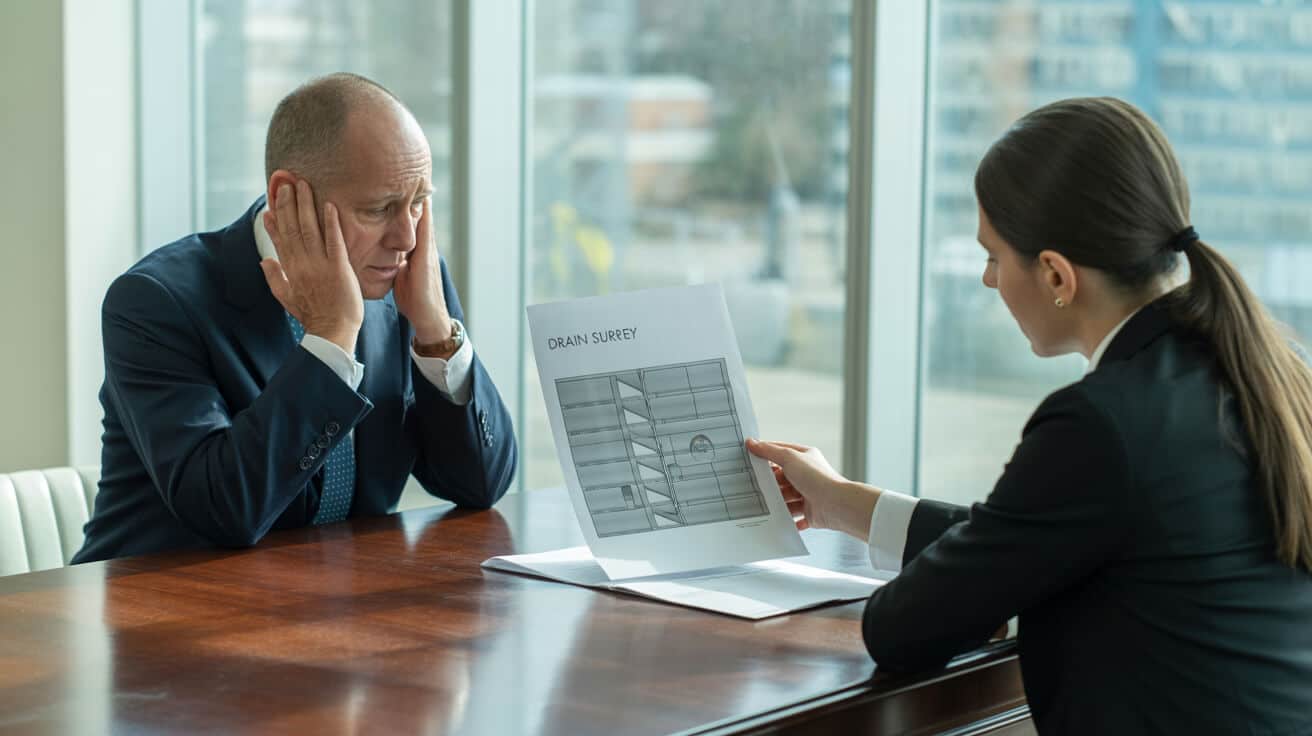
For residential, landlord, and commercial property teams alike, “find the metre” can suck hours from your week. They’re tucked inside stair cupboards, buried in outdoor cabinets, or locked behind utility doors in blocks and shared premises. It’s not just a scavenger hunt—if you can’t access your metre, you put your legal compliance (and your billing) at risk.
Access isn’t a privilege; it’s your right. If you can’t reach it, the responsibility falls on your landlord, manager, or utility supplier.
Prime UK Metre Hideouts—And How to Get In
- Inside: Under-stair cupboards, utility rooms, kitchen plinths, wall boxes, or behind hallway panelling.
- Outdoors: Wall-mounted cabinets near the front or side of the property—often with plastic/metal covers requiring a key (ask landlord/agent for access).
- Flats/Blocks/Commercials: Metre cupboards, grouped risers, or “plant rooms”—may need codes, cards, or property staff access.
Legally, if you cannot gain safe access—due to locks, dangerous locations, or physical obstacles—the responsibility shifts. Under UK law, your supplier or landlord must make arrangements (including engineer visits or relocation at no cost for the vulnerable). Don’t risk life/limb for a reading—raise the alarm instead (GOV.UK).
Read Your Gas Metre—The Right Way, Every Time (And Record It for Proof)

Accuracy is about more than the digits—it’s about having unquestionable proof if challenged. Whether you’re a landlord preparing for a new tenancy or a business needing audit compliance, here’s the hard-won process:
Walkthrough: Reading and Photographing Every Metre Type
- Digital Metric: Write down ONLY the five black numbers left of the decimal (not the red digits). Snap a photo with the serial number in view.
- Digital Imperial: Copy the four big black numbers. Roll the camera—get the face and serial.
- Dial: Move left to right. If a pointer hovers between digits, always choose the lower one. Ignore red/wrong-marked dials. If a dial points *exactly* on a number and the next dial isn’t zero, subtract one from your answer—a common cause of “error” bills for British flats.
- Smart: Wake display, record all numbers before the decimal. “A” or “B” to wake, photo for backup.
The cleanest proof is a photo with both reading and serial—timestamped if you can. For agents and landlords—keep reading logs tied to each property/unit with date, serial, and any handover step.
What if you’re unsure? A photo plus a call is always better than an uncertain manual note. Suppliers must accept a verifiable image as evidence.
How and Where to Submit Gas Metre Readings So You Never Lose the Evidence

Sending your numbers to the supplier is only half the battle—the real win is keeping a record you can produce any time a dispute, query, or compliance check lands on your desk.
Submitting Like a Pro—And Backing Up Your Evidence
- Supplier Website/App: Upload reading and attach your metre photo with serial. Save any email/text confirmation—you’ll want the digital paper trail.
- Phone: Give reading verbally, then always ask for a reference code or email/text confirmation before disconnecting. Note down date and time.
- Email/SMS: State your full name, address, account number, reading, and attach the metre photo. Save sent message and reply for evidence.
- Portfolio/Landlords: Use a digital logbook and upload every reading/photo matched to tenancy or property codes. This speeds up deposit return, audits, or insurance claims.
Your best defence is a record you didn’t have to chase down in an emergency. Photographs combined with supplier confirmation are audit gold—don’t lose them.
Every method counts, PROVIDED you retain a copy YOU control, not just what sits with the supplier.
What If Your Supplier Pushes Back—or You Spot a Mistake?
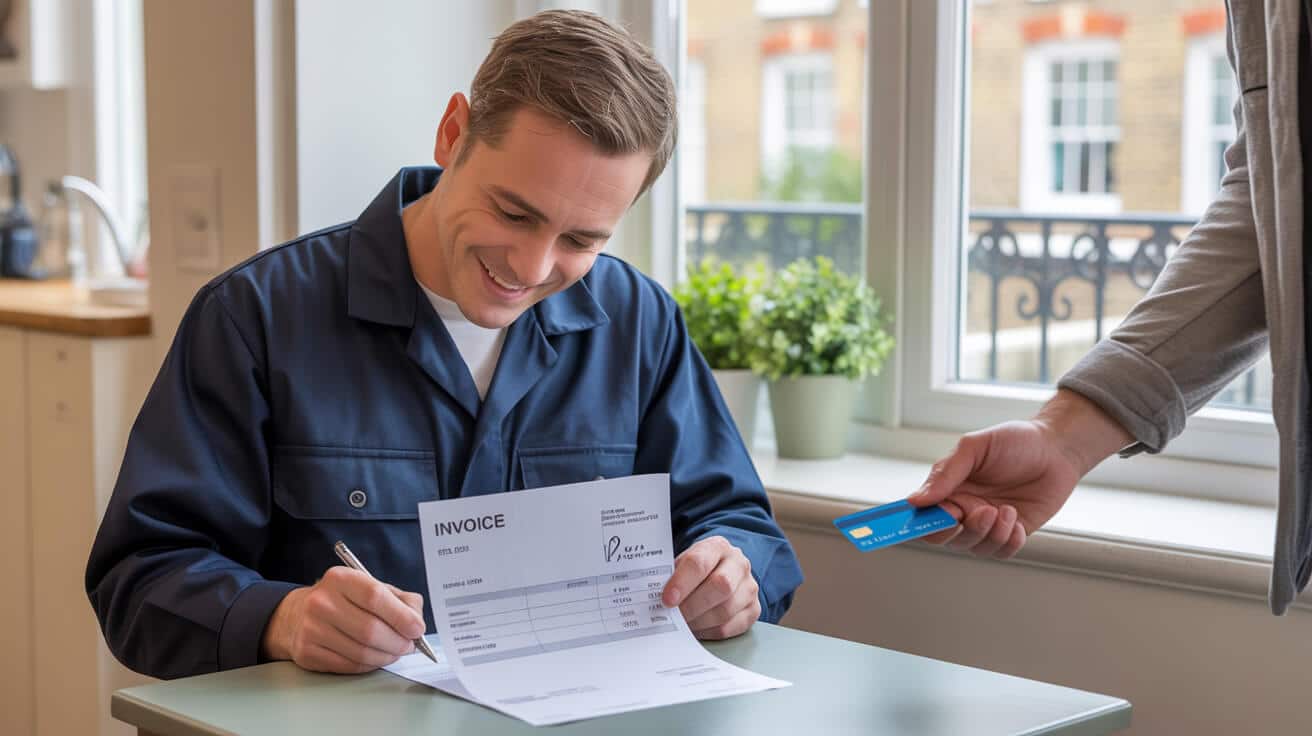
Mistakes happen: from finger-slip errors to supplier systems that reject “unusual” numbers. The golden rule is act quickly, document every step, and use photo proof at the heart of your casework.
Handling Mistakes, Disputes, and Supplier Rejection
- Wrong digit submitted?: Phone or email your supplier within 24 hours. Support correction with a clear, dated photo. Most modern apps let you resubmit or “correct” quickly if records exist.
- Rejected as “impossible/too high/too low”?: Send the bill, your dated/serial photo, and a quick explanation. Often, one image closes the case—especially if you catch the error early.
- Persistent or high-stake disputes: (deposit, final bills, audits): keep a full log of contact, images, agent handovers, and replies. The party with the full record (landlord or tenant) almost always prevails ([Citizens Advice](https://www.citizensadvice.org.uk/consumer/energy/energy-supply/your-energy-metre/disputes-about-energy-bills/)).
Supply the record before the storey. Documentation closes arguments; feelings don’t.
For managing agents, especially those handling blocks or portfolios—standardising logs and mandating staff sign-off at handover is a must. You’re not just protecting yourself but maximising audit confidence for clients.
Support Is Guarantee, Not Luck: Vulnerability Access, Communal Metres & Smart Register
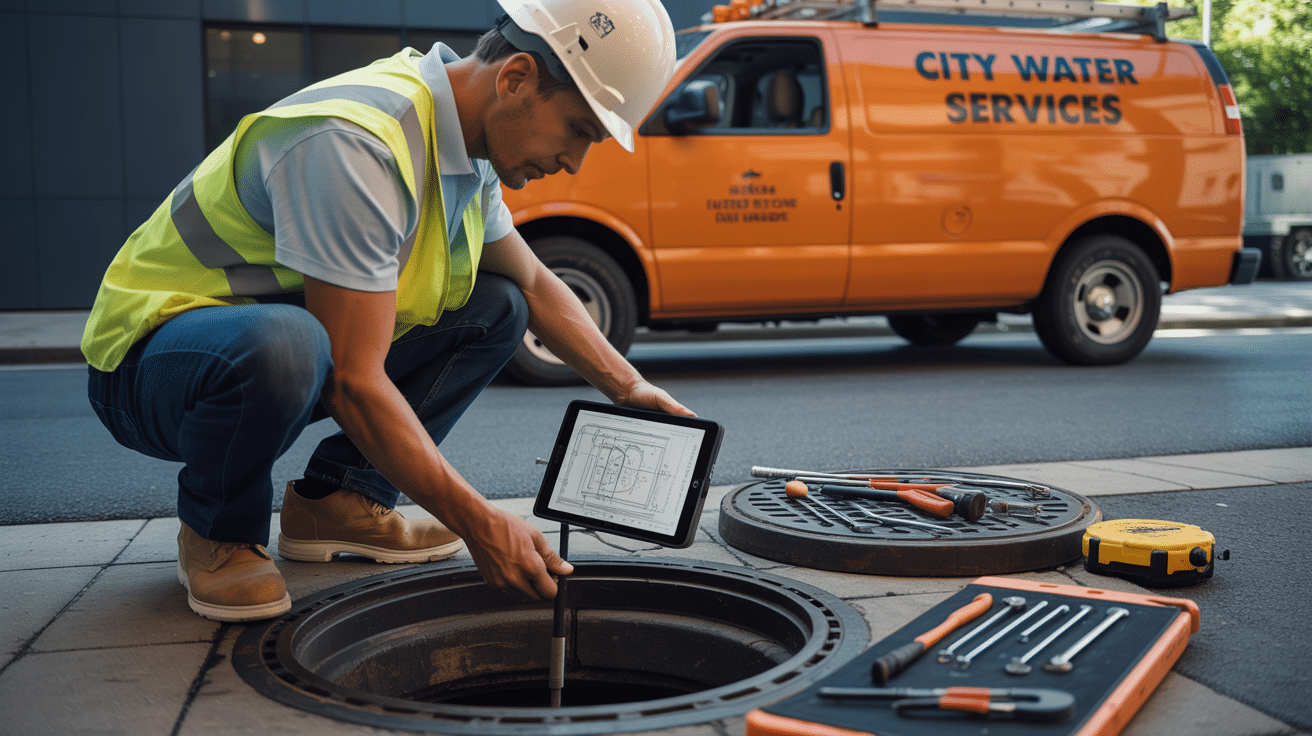
Safety, vulnerability, and access needs are legal requirements—never just “nice to have”.
Landlords, agents, and suppliers must ensure that every property occupier can access and submit metre readings safely and reliably.
Overcoming Access and Vulnerability Barriers
- Locked, communal, or awkwardly placed metres?:
Responsibility sits squarely with the landlord, agent, or property manager to provide safe access—by supplying keys, arranging escorted access, or (where “reasonable”) seeking metre relocation.
- Physical/medical/age constraints?:
Register the address on your supplier’s Priority Services Register (PSR) for free home visits, large-print bills, nominated contacts, and (if justified) physical metre improvements (OVO PSR info).
- Agent/Landlord legal duties:
Metre location, serial, and the latest reading should always be documented at check-in/out and signed off. This isn’t just “belt-and-braces”–it becomes crucial evidence if deposit returns, insurance claims, or compliance checks hit snags.
Every supporting file—photo, form, agent handover—should be digital, named, dated, and available within moments if required.
The Specialist Edge: How Plumbers 4U Turns Metre Reading Into Asset Protection

Not all metre reading is DIY: legal and financial stakes get higher with property value, portfolio size, tenant turnover, or regulatory compliance.
That’s where full-service pros like Plumbers 4U deliver more than a “quick fix”. Our WRAS and WaterSafe certified teams provide not just the digits, but ironclad evidence, handover logs, and hands-on support against any dispute or audit.
Compliance isn’t a commodity—it’s your shield against liability, claims, and confusion. Skilled engineers insulate you from more than leaks.
Plumbers 4U: Beyond the Numbers—Proof, Detail, and Service
- Certified WRAS/G3 engineers: routinely log, photo, and submit readings with all details for compliance (date, time, serial, property code).
- Agent and landlord packages: We complete and document portfolio readings at every changeover, and issue logs everyone can trust—formally signed, dated, and audit-ready.
- Dispute and access problem-solver: If a metre is inaccessible, supplier is stonewalling, or an audit issue arises, our experts intervene, document, and defend your case without delay.
Residential clients, commercial landlords, and council managers all rely on the precision and clarity we deliver—no more sleepless nights over “phantom” bills or deposit rows.
Records are kept digital, securely archived, and always accessible when the heat’s on.
Most-Asked Gas Metre Reading Questions—Answered
What defines a “valid” gas metre reading, and when is it official?
A “valid” UK metre reading is a clear record of the actual digits (not estimates), dated, with a supporting photo that shows serial number and display. Major suppliers, regulatory bodies and courts accept only this format in the event of a challenge or dispute.
Can I be held responsible if my metre isn’t accessible?
If you physically can’t access your metre—due to locks, landlord policy, communal rules, or risk—the duty to provide access shifts to your agent, landlord, or supplier. UK law obligates them to ensure safe, reasonable access, or to arrange a solution.
If I make a mistake, can I correct it?
Yes! Quick action is rewarded. Contact your supplier by phone, app, or email, and back up the new figure with a photo (date and serial visible). Most will accept and amend bills if approached promptly.
Will a smart metre update everything automatically forever?
No system is foolproof. While smart metres should auto-update, outages, software, or communications errors do occur—and you’re still on the hook if readings go awry. Check that your statements match display, and revert with a manual photo submission if not.
Do Plumbers 4U manage bulk or portfolio metre readings for compliance?
Absolutely. Our teams work directly with landlords, letting/estate agents, and local authorities to schedule, document, and submit all the records required by compliance standards or your contracts. Every reading is digital, logged, and prepared for audit, insurance, and deposit protection.
Trust Your Gas Numbers to Professionals—Book Plumbers 4U and Take Back Control
You don’t have to let estimate-driven bills, inaccessible metres, or incomplete records threaten your money or your reputation. Plumbers 4U delivers accurate, audit-grade readings plus full digital documentation, so your home, business, or portfolio stays protected at every step.
Our WRAS and WaterSafe certified engineers bring everything up to spec, produce evidence you can rely on in any context, and never leave you in the lurch with an unverified metre or a supplier’s shrug.
Ready for paperwork you don’t have to fear and bills that never surprise?
Contact Plumbers 4U to schedule a metre check, compliance package, or bespoke staff training—no upselling, just expertise.
Own your gas account. Defend your bottom line. Let the pros handle proof—so you’re always one step ahead, not one step behind.
Frequently Asked Questions
Who is actually responsible for submitting gas metre readings in the UK, and what can go wrong if you overlook critical billing dates?
You—whether homeowner, landlord, letting agent, block or building manager—carry the ultimate risk if timely metre readings aren’t submitted around UK price cap changes, tenant moves, or tariff resets. UK suppliers use “estimated” readings only when forced, and those estimates rarely lean in your favour—leading to higher bills, unexpected debit demands, and disputes that can spiral into weeks of admin. That’s especially risky at quarterly Ofgem price cap changes (Jan/Apr/Jul/Oct), end-of-tenancy, and supplier product changes; miss these, and you hand suppliers the chance to backdate usage at their rates.
Five minutes with the metre, once a quarter, can sidestep months of contested charges and protect your cashflow.
Ofgem, Citizens Advice, and independent analysts report a 30% spike in complaints within ten days of price cap updates—almost all tied to missing or delayed reads. For portfolio managers and commercial sites, late or ambiguous reads can even lose you compliance points in audit files, or trip up deposit returns. Treat metre reads as more than a box-tick: make them part of your reputation for diligence. Plumbers 4U structures reading reminders and real-time log capture into their inspection service, so you don’t leave your bottom line exposed.
Which metre reading dates put your wallet and reputation at most risk?
- Day before Ofgem cap change (1 Jan, 1 Apr, 1 Jul, 1 Oct):
- Move-in/out, end-of-tenancy handovers:
- Supplier tariff resets—these vary, so check the T&Cs:
- Supplier switches (start/end of fixed tariffs):
Block/portfolio managers: failing to log, photo, and time-stamp these junctures risks double-billing or lost audit trails—sometimes months after the event.
How do you never miss a gas read at a “danger window”?
- Digital calendar reminders linked to cap change dates and tenancy schedules
- Metre photo (including serial) uploaded to cloud storage as soon as read
- Portfolio workflows that require checklist confirmation by staff or agent
The team at Plumbers 4U can automate this process for full compliance and audit assurance. No bill surprise, no arguments—just transparent, bulletproof proof as routine.
How do you instantly tell which gas metre you have, and what errors cause reading rejections most often?
The UK’s patchwork of gas metres—digital, dial, smart, imperial and metric—invites confusion. Most reading headaches start by misidentifying your metre: sending “all the numbers” or getting the digit order wrong. Yet a photographic walkaround clears most doubts in under 60 seconds.
- Digital (Metric, “m³”): Displays 5 black digits before the decimal; write those only.
- Digital (Imperial, “ft³”): Shows 4 black digits with no decimal; write those only.
- Dial (Analogue): Several clock dials; read left to right, pick the lower number if the pointer is between digits.
- Smart Metre: LCD screen (sometimes off—press “A” or “B” to wake). Write only the whole numbers on the main display.
For every metre, skip red digits, decimals, or anything past a dot—those are not needed and often lead to rejection or impossible billing.
How do you visually spot and accurately read every major UK metre model?
| Metre Type | On-screen Clue | Digits to Record |
|---|---|---|
| Digital (Metric) | ‘m³’, long line display | First 5 before . |
| Digital (Imperial) | ‘ft³’, short display | First 4 |
| Dial (Analogue) | Clock faces, bold #s | Lower on each dial |
| Smart Metre | LCD, needs a button | Main screen |
If unsure, photograph the display and serial in one shot—UK suppliers must accept a clear, dated photo as evidence under industry code. Plumbers 4U can check, log, and submit these, especially for “awkward” metres in shared or communal spaces.
Where do most property teams and landlords stumble?
- Copying all the numbers, especially decimals or red digits after the decimal point
- Recording only the display, not the serial—essential in flats or blocks
- Skipping a photo, leading to disputes or supplier rejection
Clear, routine photos with every reading will rescue you every time—don’t leave it to chance or guesswork.
What process guarantees your gas reading is accepted first time—however the metre is set up?
Every supplier’s main concern is that the reading is clear, matches their database, and is auditable against serial and time. That means one process fits all: consistent recording, readable photo, and accurate digit capture.
Step-by-step: How to submit foolproof gas metre readings
- Identify the metre: Check if it’s metric, imperial, dial-type, or smart before recording.
- Record only what’s needed: For digitals, write the correct leading digits. For dials, pick the lower number if the pointer sits between two.
- Photograph the full metre face: Ensure the reading and serial are both visible and in focus.
- Log detail: Date, time, property, and (where relevant) tenant or checker.
- Store in the cloud: Immediately upload to a secure folder linked to the tenancy or property.
- Check confirmation from the supplier: Download or screenshot the reply for your records.
If your photo is unclear or a digit is missing, take a fresh picture on the spot. Where multiple metres exist (blocks, HMOs), triple-check serials against tenancy or inventory. Plumbers 4U’s service logs multi-metre estates, ensuring every submission matches the right asset.
A photo with the serial and date stamp is your strongest defence—most supplier disputes are won or lost on this evidence alone.
How do you make this process automatic for properties with high turnover?
Set up property templates: every check-in/out and price cap date has a built-in reading/photo field. For portfolios, invest in digital platforms that require photo upload and checker sign-off. The cost of “just one missing reading” in a managed block is usually many times more than switching to a routine process.
Which submissions and record-keeping methods protect you best if a bill or compliance dispute lands on your desk?
Submitting a reading is one thing; proving you’ve done it, and retrieving that evidence on demand, is another. UK energy suppliers accept readings through several channels—but only verifiable, time-stamped routes stand up in a regulatory or billing fight.
- Supplier Portal/App: Fast, with upload and instant confirmation receipt.
- Phone: Useful in a pinch—always ask for reference number or confirmation text.
- Email/SMS: Attach the photo plus serial. Save every response.
- Shared digital logbooks: Essential for landlords, agents, or block managers; audit-ready and linked to move-ins/outs.
Assumptions aren’t evidence—your portal history or I know I did it won’t satisfy a supplier if a bill is challenged.
What’s the safest method for your role?
| Use Case | Best Submission Route |
|---|---|
| Homeowners (single) | Portal or app, screenshot |
| Landlords, agents | App + cloud storage + PDF log |
| High turnover/portfolios | Digital logbook + cloud |
| Commercial/multi-unit | Engineer-logged, photo-backed |
Every confirmation message—email, PDF, app screen—should be archived outside the supplier’s site. Cloud storage is cheap; lost evidence is costly. Plumbers 4U provides all evidence-pack bundles as standard with site visits or regular portfolio service.
When should you escalate or combine methods?
- System failure or supplier outage? Submit by multiple methods—portal, then email as redundancy.
- Dispute brewing? Forward your archived photo, serial, and all confirmation emails; if needed, prompt Plumbers 4U to generate an engineer’s signed log.
- Portfolio-level? Automate with timed reminders, bulk log export, and professional submission audits.
Make record-keeping a “can’t skip” habit, not a wish-list item.
What’s the best way to recover if a reading is rejected, you spot a mistake, or your supplier is unresponsive?
Rejected metre readings almost always trace back to unclear photos, missing digits, or uploading the wrong property’s reading. The right response is immediate: resubmit clear evidence with both display and serial, and respond to supplier requests with speed and accuracy.
Recovery flow: How to resolve a metre dispute without stress
- Reading rejected: Snap a new, full-face photo with serial and resend immediately.
- Supplier claims “impossible” usage: Submit readings from before and after, each photo-dated, to show trend and clarify.
- Metre inaccessible (flats, blocks): Request a Priority Access appointment—suppliers are legally obliged to facilitate.
- Stuck on estimated bills: Escalate through the complaints procedure; copy all correspondence and keep logging every further submission.
Every dispute is won by the side with a comprehensive, date-stamped record—not emotional appeals.
How can landlords, agents, or managers keep tenant disputes from escalating?
- Co-sign every reading at move-in/out; photograph with both parties present if possible.
- Add digital signature or secure logmark to each entry.
- Require agent or checker upload with tenant acknowledgment for every move, end-of-term, or dispute situation.
For portfolios facing frequent tenant-supplier conflicts, Plumbers 4U’s managed audit and reporting pipeline closes the loop, delivering a portfolio-wide compliance grade.
What does Plumbers 4U uniquely offer for properties with complex access, large portfolios, or clients needing accessibility support?
Proactive, photographic, engineer-backed evidence—delivered to audit standards, every time. Plumbers 4U trains every engineer in the art of the bulletproof read: high-res timestamped pics, serials, and confirmation logs stored to short notice.
- Managed portfolio oversight: Each property’s reading is tied to tenancy/logbook entry; everything is time and date stamped.
- Accessibility-first service: On-site field support for vulnerable, disabled, or council/housing tenants; can recommend and fit accessible metre models.
- Regulatory compliance: G3, WRAS, and WaterSafe registered for both instal and compliance; readings stand up to Ofgem queries, insurance, or deposit scheme audits.
Strong audit trails don’t just keep regulators happy—they’re your security blanket in a bill, deposit, or insurance dispute.
How can large landlords, block managers, or housing authorities scale compliance?
- Deploy automated cloud log/reading templates for each asset
- Build check-in/check-out metre logbooks into every schedule
- Use engineer-verified reads and archived confirmation evidence
Ready to eliminate audit weak spots? Plumbers 4U’s evidence pipeline scales from single homes to city-scale portfolios—offering both routine readings and urgent support on demand.
What nearly guarantees metre reading errors, and how do you create a foolproof routine for 2024?
The most common, wallet-draining mistake is treating metre reading as a chore—rushed, skipped digits, blurry photos, or forgetting a move-out call. With regulator enforcement and rising tariffs in 2024, systematising your approach is non-optional.
- Only black digits before the dot matter—never decimals or anything in red.
- Always confirm the serial number matches your property or unit (especially in flats).
- Save every confirmation—don’t rely on memory, and don’t trust app history to last.
- At every move-in/out, co-sign readings with a date-stamped photo—landlords and agents that skip this face the most costly deposit disputes.
- For portfolios, digital logbooks and enforced sign-off transform this headache into a five-minute task.
Automate your process, and you turn compliance from a scramble into clockwork—leaving no bill or audit exposed.
How to embed this routine for every property type
- Pre-set calendar reminders ahead of price change or tenancy events
- Set a “one click/one photo” rule for every reading
- Upload that photo to a secure, shareable location
- Confirm supplier receipt and archive confirmation
- For block managers: include reading checks in scheduled on-site visits
Want reading headaches and audit panics off your list? Plumbers 4U turns compliance-grade reading, logging, and English-law-proof evidence into habit—not hassle—for every property on your list.

